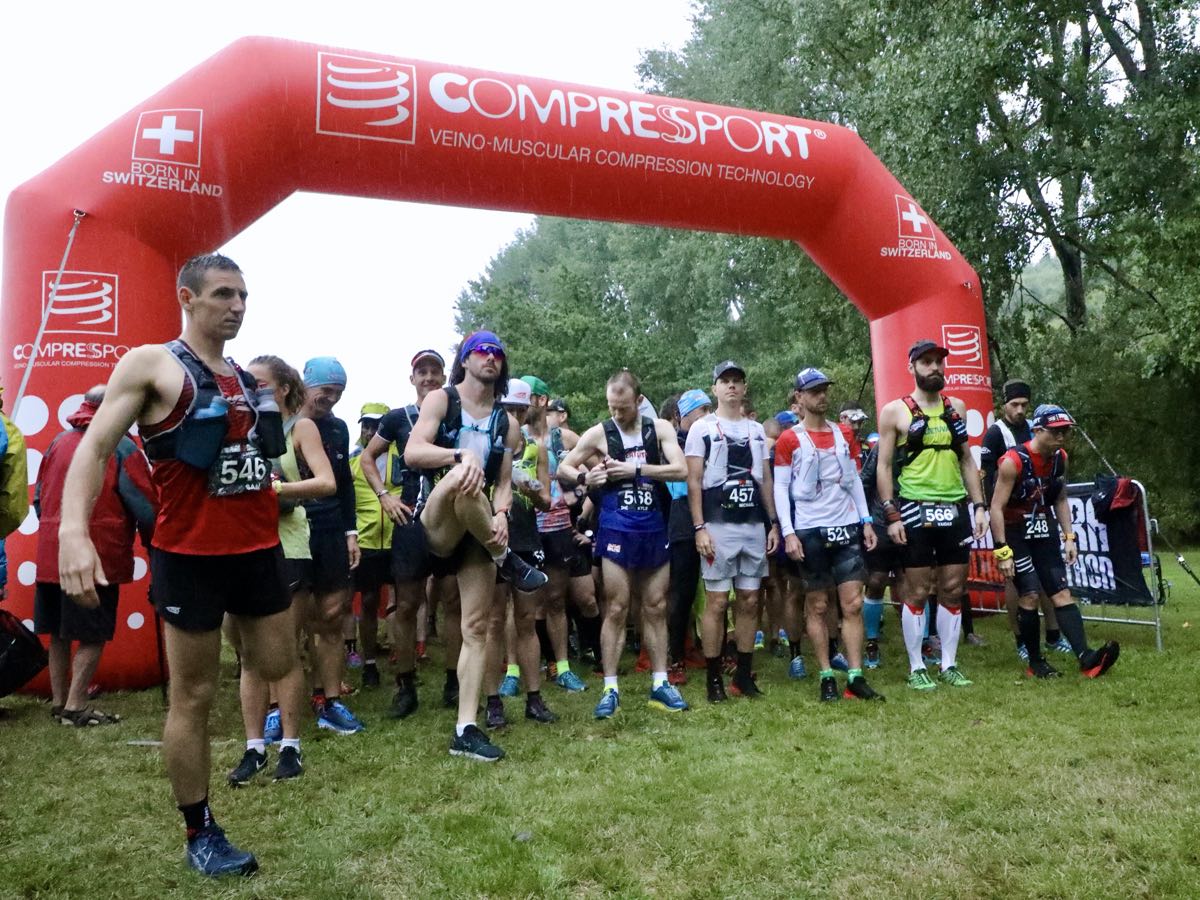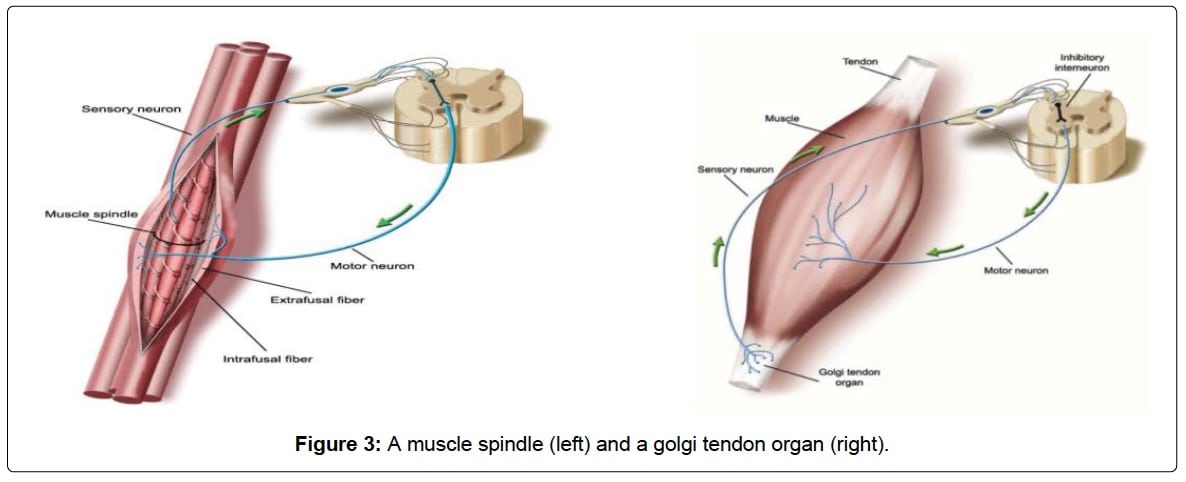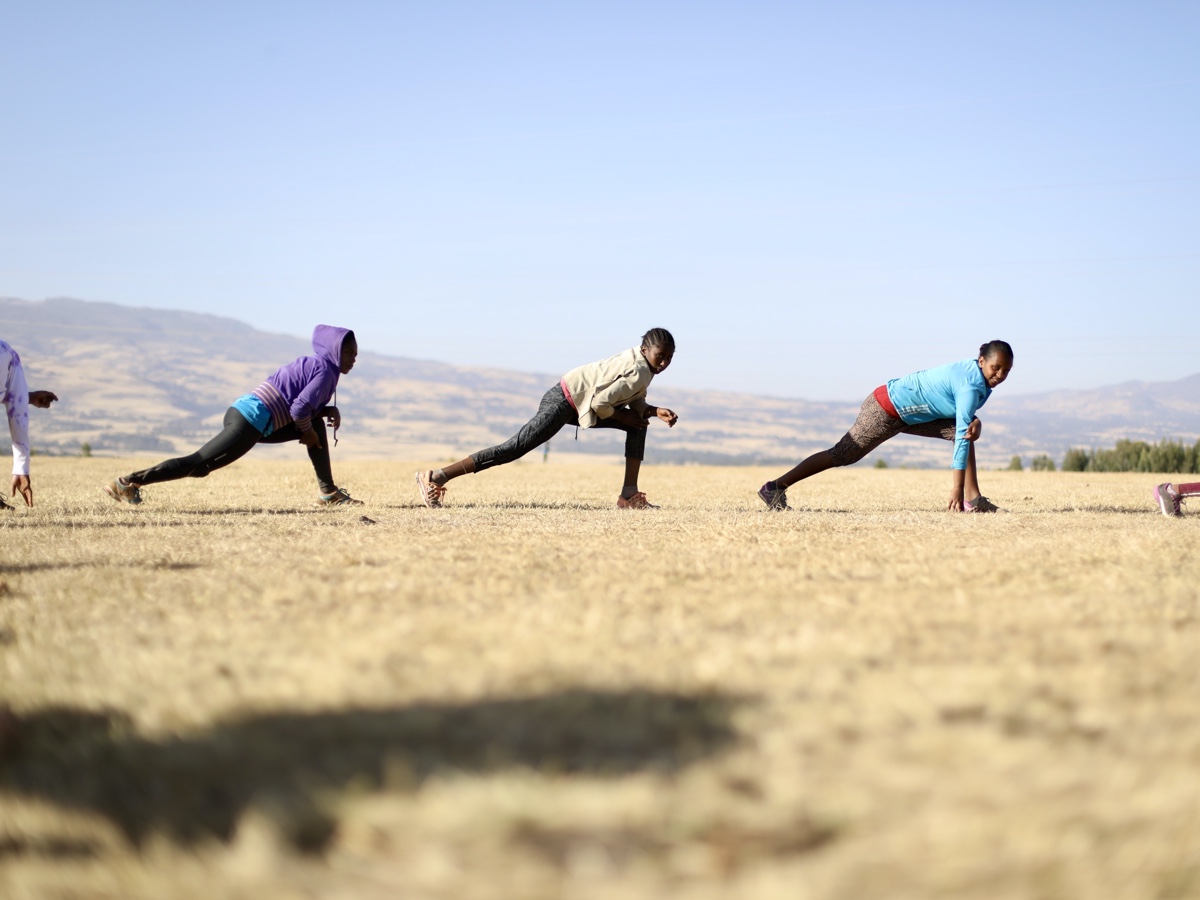In 2006, a comprehensive physiological analysis of Paula Radcliffe, who was the then-world-record holder in the women’s marathon, was published by her longtime physiologist (3). The document reviewed 15 years of physiological data that had been collected as Radcliffe developed into one of the greatest marathoners of all time. That physiologist, Dr. Andrew Jones, concluded that one of the significant factors that explained Radcliffe’s continued improvement was the improvement to her running economy. Although Radcliffe’s maximum oxygen processing power did not change drastically between 1992 and 2003, she did become a more efficient runner and thus her times improved.
Within the discussion of her running economy, Jones noted that, “Over the period of study, [Radcliffe’s] lower-body ‘flexibility’ as assessed, albeit rather crudely, with the sit-and-reach test, declined slightly (from 8 centimeters past her toes in 1996 to 4 centimeters past her toes in 2003), possibly as a consequence of her increased training mileage. There is a suggestion that ‘stiffer’ muscle-tendon structures might improve [running economy] by allowing a greater storage and subsequent return of elastic energy during the stretch-shortening cycle.”
Like many runners who increase their training load, Radcliffe became stiffer over time. While stiffness has in the past been seen as a problem for distance runners, it might have actually played a part in her running-economy improvements. This theory that stiffer runners are actually more economical than more flexible runners has also been supported by a number of other studies on distance runners (2, 4).
The typical pre-run static stretch, or a single muscle-group stretch held for at least 15 or 20 seconds at a time, was historically hammered into our understanding of running starting with the presidential fitness sit-and-reach test in second grade. We have in the past been told that in order to get ready for a run we must first loosen up. However, when we think about Radcliffe, and how a stiffer muscle might improve energy return during the stretch-shortening cycle, the idea of static stretching prior to activity starts to make less sense.
I think it is important to note that stretching to increase force production is still widely debated and I won’t go into the details of stretching as an injury-prevention exercise in this article. Both static stretching and dynamic stretching before exercise have been found to be beneficial for different types of athletic activities. While static stretching involves holding a stretch for an extended period, dynamic stretching is a continuous movement that puts joints and muscles through a full range of motion. One study found that static stretching may be beneficial for slower-velocity eccentric contractions like weightlifting (1), while another found that static stretching before an endurance event may lower endurance performance and increase the energy cost of running (5).

Runners dynamically stretching before the 2017 Tarawera Ultramarathon. All images iRunFar unless otherwise noted.
It’s also important to quickly review the structural components of our muscles and how they react to stretching, specifically the Golgi tendon organs (GTO) and muscle spindles. Muscle spindles are tiny, specialized muscle fibers lying within the muscle. They protect the muscle by monitoring the change in muscle length, and how fast it is being stretched. When there is an excessive stretch, the muscle spindles are stimulated. The more sudden the change in muscle length, the stronger the stretch-reflex signal, and the stronger the muscle resists the stretch by contracting.
GTOs are generally viewed as force sensors. While muscle spindles stimulate muscle contractions, GTOs inhibit them. When the GTO senses that a critical force threshold on the tendon is reached, a process to protect the tendon is stimulated and an inhibitory stimulus is sent to the muscle in which the organ is located. This causes the muscle to relax instead of contract.

Muscle spindle (left) transmits information about muscle stretching in order to contract your muscle and protect it from stretching past its endpoint and the Golgi tendon organ (right) senses and transmits information about muscle tension in order to signal your muscle to relax (inhibits contraction). Image: Qiu J, Kang J (6)
When we use static stretching before running, we may be activating the GTO by holding the stretch for an extended period instead of letting the muscle contract after the stretch point. By activating the GTO, we are essentially reducing the force production of our muscles before we even start the run. It might actually be doing more harm than good if used prior to running. A dynamic stretching routine, which produces a quicker stretch and contraction of the muscle, prior to running can activate the muscle spindles and help increase performance.
A good rule of thumb that I tell athletes is to use dynamic stretching prior to their runs and static after running, when a relaxed muscle would actually be a good thing. There have been a number of beneficial dynamic warm-up routines previously shared on iRunFar by physical therapist Joe Uhan. His four-step warm up routine combines mobility work, muscle activation, and dynamic stretching. During the dynamic warm-up, it is good to remember not to hold your stretches for more than a few seconds. You want to activate the muscles you will be using during your activity, make sure they work through a full range of motion, and then move to the next activity.
After the run, you can move to a set of static stretches to help your muscles relax and lengthen. Another article of Joe’s explains a few different static stretching techniques. Static stretches should be held at the point of stretch, not pain, for at least 15 to 20 seconds, before moving onto the next muscle group. The most basic stretches like sit and reach, calf stretch on a stair, and standing quadriceps stretches can all be beneficial if used at the right times.
Just remember, keep your pre-run routine dynamic and your post-run routine static. This will help utilize your body’s natural stretch-reflex and maximize force production for more effective workouts. And if you haven’t already, it might be time to rethink stretching and what it means to be a ‘stiff’ distance runner like Paula Radcliffe.
Call for Comments
- What is your warm-up routine now? Can you share a few exercises?
- And how about your post-run cool-down? Do you do static stretching?
References
- Behm, D., & Chaouachi, A. (2011). A review of the acute effects of static and dynamic stretching on performance. European journal of applied physiology, 111, 2633-2651.
- Craib, M. W., Mitchell, V. A., Fields, K. B., Cooper, T. R., Hopewell, R., & Morgan, D. W. (1996). The association between flexibility and running economy in sub-elite male distance runners. Medicine & science in sports & exercise, 28(6), 737-743.
- Jones, A. (2006). The physiology of the world record holder for the women’s marathon. International journal of Sports Science & Coaching, 1(2), 101-116.
- Trehearn, T. L., & Buresh, R. J. (2009). Sit-and-Reach Flexibility and Running Economy of Men and Women Collegiate Distance Runners. Journal of strength and conditioning research, 23(1), 158-162.
- Wilson, J., et al. (2010). Effects of static stretching on energy cost and running endurance performance. Journal of Strength and Conditioning Research, 24(9), 2274-2279.
- Qiu J, Kang J (2017) Exercise Associated Muscle Cramps – A Current Perspective. Scientific Pages Sports Med 1(1):3-14.

